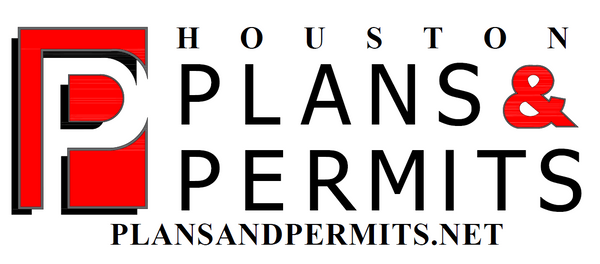
When you’re building a new home on a Houston-area floodplain, special restrictions apply – and with good reason. Failure to construct flood-resistant homes has caused billions of dollars in damages throughout Texas and the nation.
Not only does flood-proofing a residence prevent costly damage – and the need to buy flood insurance in many cases, but it’s also a matter of law in Houston. Let’s take a closer look at the Houston floodplain building restrictions, codes, and federal regulations required.
Is Houston in a Floodplain?
So, is Houston in a floodplain? Fortunately, not all of Houston is considered a floodplain, but – as evidenced by Hurricane Harvey in 2017 – a large portion of it is. In the wake of this devastation, the Houston City Council updated its floodplain regulations in April 2018.
Houston’s Floodplain Building Restrictions (2018)
Houston’s new floodplain regulations apply to all new construction homes built on floodplain areas in the city. It’s vital that you understand these regulations to ensure your new construction home complies if you’re building on floodplains in the Houston area. Below is a comparison of the old Houston floodplain rules versus the new ones.
Old Houston Floodplain Home Construction Requirements
Before April 2018, Houston floodplain rules required homes to pass a 100-year storm test. New homes needed to be at least 1 foot above the highest flood levels for the Houston 100-year floodplain, also known as the 100-year BFE (Base Flood Evaluation).
New Houston Floodplain Home Construction Requirements (As of April 2018)

With the passage of the new floodplain building restrictions in Houston as of April 2018, newly built homes must pass a 500-year storm test. Homes must be at least 2 feet above the highest flood levels for the Houston 500-year floodplain, also known as the 500-year BFE.
Mayor Sylvester Turner supported the new regulations by saying, “Can we undo what was done with Harvey? No. But can we build looking forward?” Others thought laxer requirements were more appropriate because building on a floodplain according to the new regulations can be extremely costly.
Flood-Proofing Your Home Saves Money on Flood Insurance
Federal rules and regulations require federally-backed mortgage lenders to determine whether your home is on a floodplain. Floodplains are called Special Flood Hazard Areas (SFHA) in federal jargon. When a home is on an SFHA, the federally-backed lender must require the purchase of flood insurance.
The problem is, flood insurance is expensive, costing at least $700 annually. You can eliminate this cost by building a flood-resistant home according to federal specifications, in addition to complying with the City of Houston Building Code. These specifications require homes below the 100-year BFE to have flood insurance. If you’re buying an already-built residence that’s below the 100-year BFE you’ll have to pay for insurance, unless you can amend the FEMA floodplain map.
If you’re building a new residence, it should already comply with Houston’s 2018 requirements. Houston Plans & Permits can help you during your house design process.
Amendments and Revisions to the FEMA Floodplain Map

Existing homes don’t always comply with federal regulations. In some cases, by presenting the right kind of proof and analysis of information from the Federal Emergency Management Agency (FEMA), you may be able to amend or revise the FEMA floodplain map. To achieve this, you’ll need to prove that your property is actually above the 100-year BFE. Sometimes, your home will already be above the FEMA 100-year BFE, and all you have to do is show your bank the proof.
Flood-Proofing Homes Brings Peace of Mind
Not only will flood-proofing your new construction home save you on flood insurance, but it will also eliminate the fear of getting flooded out every time stormy weather nears – bringing you peace of mind.
The home designers at Houston Plans & Permits can design your home to comply with all city, state, and federal regulations. Contact us today to find out how we can help you save money and keep your family safe for many years to come.
